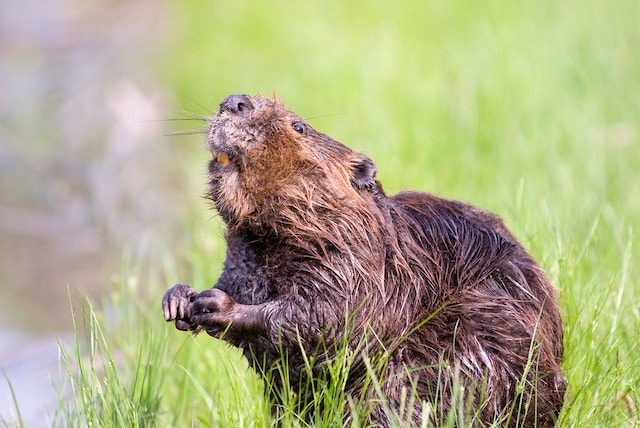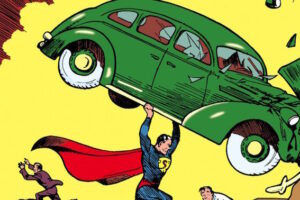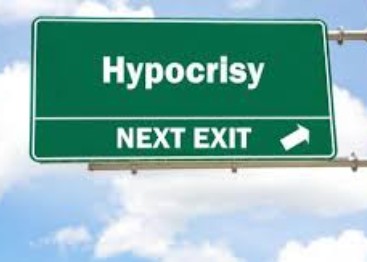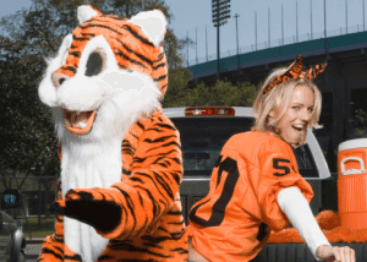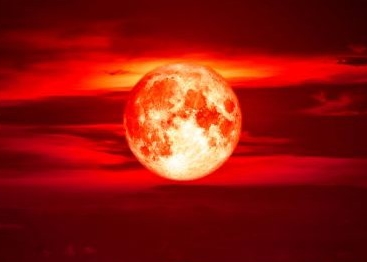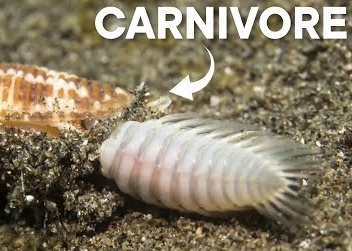10 Cartoons That Sparked Major Real-Life Controversies
Cartoons are more than just colorful entertainment—they’re a defining part of growing up. For many of us, the shows we watched as kids (or even as young adults) shaped our sense of humor, our imagination, and even our values. Whether they were made purely for children or had a broader appeal, cartoons have a unique way of leaving a lasting impression. But here’s the thing: like any form of media, they’re not always just fun and games. Sometimes, they spark real-life debates, controversies, and even outrage.
Take a moment to think about it. Cartoons, with their vibrant visuals and seemingly innocent stories, can sometimes tackle complex themes or unintentionally push boundaries. And when they do, they don’t just stay in the realm of entertainment—they spill over into real-world discussions. From cultural stereotypes to questionable plotlines, certain cartoons have managed to stir up emotions, both good and bad, in ways their creators might not have anticipated.
What’s fascinating is how these controversies often reveal deeper societal issues. A cartoon might seem harmless at first glance, but when viewed through a critical lens, it can become a lightning rod for debates about representation, morality, or even politics. And while some controversies fade away, others leave a lasting mark, changing the way we think about animation and its impact on audiences.
Whether you’re reminiscing about your favorite childhood shows or diving into the world of animation as an adult, it’s worth remembering that cartoons are more than just entertainment. They’re a reflection of the times—and sometimes, a catalyst for change. Love them or hate them, there’s no denying their power to shape how we see the world.
10.The Simpsons – Apu Controversy (2017)
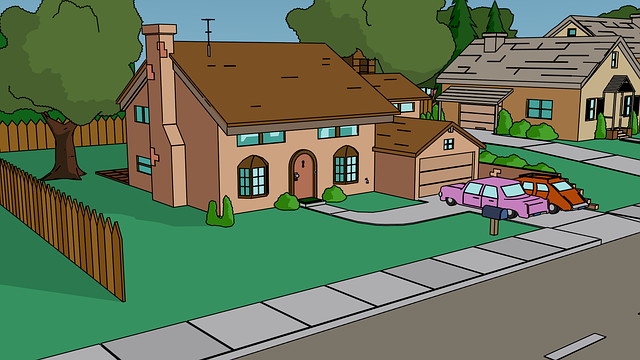
The Simpsons has never shied away from controversy. Over its decades-long run, the show has tackled political and social issues with its signature blend of humor and satire, often sparking heated debates. But in 2017, the show faced its biggest controversy yet, thanks to a documentary by comedian Hari Kondabolu titled The Trouble with Apu. The film put the spotlight on Apu Nahasapeemapetilon, the beloved Kwik-E-Mart owner, and argued that the character perpetuated harmful stereotypes about Indian people.
Kondabolu’s main gripe wasn’t just that Apu was a caricature—it was that the character, while funny and endearing, had real-world consequences. He claimed that Apu’s portrayal inspired racially motivated bullying and reinforced negative perceptions of South Asians in pop culture. A significant part of the criticism centered on Hank Azaria, the voice actor behind Apu. As a Sephardic Jewish man, Azaria’s exaggerated Indian accent was compared to “brownface,” a term referencing the offensive minstrel shows of the early 1900s.
The documentary ignited a firestorm of backlash, and The Simpsons quietly phased out Apu as a prominent character. While he still appears in the background of Springfield scenes, he no longer has speaking roles or storylines. The controversy also led to broader changes in the show, with other characters of color, like Carl Carlson and Dr. Hibbert, being recast with African American voice actors.
In a meta twist, The Simpsons addressed the Apu debate in a Season 29 episode, No Good Read Goes Unpunished. In a conversation between Marge and Lisa about a problematic book, the dialogue subtly shifts to a fourth-wall-breaking nod to Apu’s removal. It was a rare moment of self-awareness from a show that typically avoids addressing its controversies head-on.
The Apu debate is a fascinating example of how even beloved cultural icons can come under scrutiny as societal norms evolve. It raises important questions about representation, stereotypes, and the responsibility of creators in shaping how we see the world. Love him or hate him, Apu’s legacy is a reminder that even in the world of animation, the lines between humor and harm can be razor-thin.
9.South Park – Muhammad Depiction (2001)
When it comes to pushing boundaries, South Park has always been in a league of its own. Since its debut in the 1990s, the show has been a magnet for controversy, tackling everything from religion and politics to social justice and pop culture with its signature brand of irreverent humor. For creators Trey Parker and Matt Stone, no topic is too sensitive—or too sacred—to be turned into a punchline. But one episode, in particular, stands out as a lightning rod for backlash: Super Best Friends from Season 5.
In this 2001 episode, the boys of South Park face off against a cult led by real-life magician David Blaine. When things get out of hand, Stan turns to Jesus Christ for help, who then assembles the “Super Best Friends,” a Justice League-style team of religious figures. The lineup includes Buddha, Moses, Joseph Smith, Krishna, Laozi, and a hilarious parody of Aquaman called Sea Man. But the most controversial member of the group is Muhammad, the prophet of Islam, who’s given fire-breathing powers for comedic effect.
At the time, the episode aired without much fuss. But years later, as tensions around depictions of Muhammad escalated globally, South Park found itself at the center of a firestorm. The backlash was so intense that the show decided to address it head-on in later episodes. In the two-part Cartoon Wars arc during Season 10, Parker and Stone poked fun at the controversy, even referencing the real-world threats they faced. Then, in the show’s landmark 200th and 201st episodes, Muhammad played a central role—though his appearance was censored, a nod to the ongoing sensitivity surrounding his depiction.
What makes South Park so fascinating is its willingness to dive headfirst into topics that most shows wouldn’t touch with a ten-foot pole. The Super Best Friends episode is a prime example of how the show blends humor with provocation, sparking conversations about free speech, cultural sensitivity, and the limits of comedy. Love it or hate it, South Park has never been afraid to stir the pot—and that’s exactly why it remains one of the most talked-about shows on television.
8.Family Guy – Down Syndrome Joke (2010)
Whether you’re a die-hard fan or find it completely over-the-top, there’s no denying that Family Guy has left a massive mark on pop culture. Created by Seth MacFarlane and inspired by shows like The Simpsons, it’s become a staple of animated comedy. With its outrageous humor, biting satire, and those infamous cutaway gags, the show has carved out a unique identity—and managed to both entertain and offend millions along the way.
But when you push boundaries as often as Family Guy does, it’s only a matter of time before you hit a nerve. Take, for example, the Season 8 episode Extra Large Medium. In one of the episode’s subplots, Chris Griffin lands a date with his crush, Ellen, a girl from his school who happens to have Down Syndrome. What follows is a series of jokes at Ellen’s expense, including a musical number by Stewie titled Down Syndrome Girl. It’s the kind of edgy humor Family Guy is known for, but this time, it didn’t land so well.
Things got even more complicated when Ellen mentions that her mother is the former Governor of Alaska—a clear jab at Sarah Palin. Unsurprisingly, the Palin family wasn’t amused. Bristol Palin, Sarah’s daughter, took to Facebook to call out the episode, pointing out that her younger brother, Trig, has Down Syndrome. The backlash was swift, with many criticizing the show for its insensitivity. While Family Guy didn’t face any major consequences, the incident highlighted the risks of poking fun at sensitive topics, especially when powerful figures are involved.
7.The Boondocks – BET Criticism (2006)
When it comes to having your finger on the pulse, The Boondocks never failed to use its biting satire to tackle several social and political topics. Aaron McGruder’s series struck a chord with many, whether it was during its days as a syndicated comic strip or its four-season run on Cartoon Network’s Adult Swim block. From critiquing stables of black culture like rap music and soul food to even tackling Barack Obama’s rise to prominence in the late 2000s, there was little The Boondocks wouldn’t cover.
However, one of their more controversial outings was when McGruder and his team opted to tackle Black Entertainment Television, AKA BET. Even as far back as the series’ unaired pilot episode, the network was a target of ridicule, criticized for its perpetuation of harmful black stereotypes. In the episode The Uncle Ruckus Reality Show, BET is shown to be run at the behest of a cartoonishly evil villain looking to make the black population dumber. Nowhere is this better illustrated than when BET offers a reality show to Uncle Ruckus, the series’ resident Uncle Tom. The whole episode is a scathing yet hysterical takedown of the network, leading to real-life pushback from those within BET. So much so that this episode, as well as another season 2 episode, The Hunger Strike, weren’t aired on Adult Swim.
6.SpongeBob SquarePants – SpongeBob as a ‘Gay Icon’ (2020)
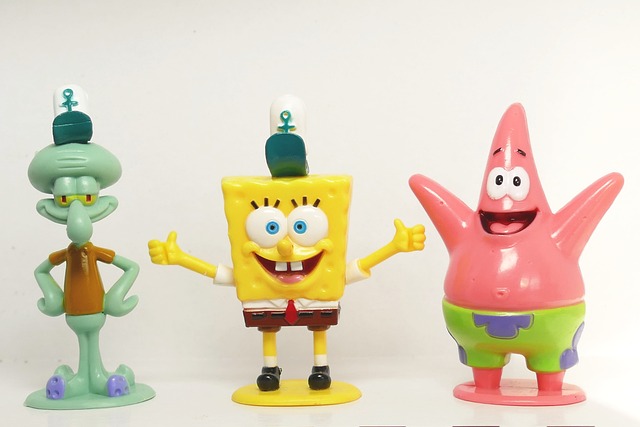
Few modern cartoons have had a cultural impact on the same level as Nickelodeon’s SpongeBob SquarePants. Built just as much for adults as it was for young kids, the show has been a mainstay of children’s programming since it arrived in 1999. However, for a cartoon that’s attained acclaim as widespread as possible, it’s to be expected it would garner some controversy at some point.
The Krusty Krab’s resident fry cook got thrust into a socio-political spotlight back in 2020 when Nickelodeon was running a campaign for that year’s Pride Month. The social media campaign showcased various characters from across the network’s programming who were a part of the LGBTQ+ community. This included the likes of Korra from The Legend of Korra who was confirmed to be a lesbian in the series finale. However, this rainbow-adorned lineup also included SpongeBob, causing ample confusion amongst online commentators who saw this as confirmation of his sexuality.
SpongeBob’s sexual orientation has been the subject of humor and discussion online for years, often citing occasionally flirty interactions with his neighbor Squidward. As the campaign received retweets and comments by the thousands, many mainstream news sources were quick to pick up the story. Soon enough the online discourse surrounding everyone’s favorite yellow sponge turned ugly, with countless bigoted commentators lambasting the decision online.
5.The Powerpuff Girls: “See Me, Feel Me, Gnomey” (2002)
Despite its sugary exterior, Craig McCracken’s The Powerpuff Girls was one of the more subversive and creative cartoons to emerge from the late ’90s. Balancing kid-friendly designs with gruesome, and frequently bodily, violence, the series quickly gained an impressively widespread appeal to both boys and girls. This eclectic blend of heart, charm, and brutal violence turned the show into a merchandising juggernaut, generating countless toys, t-shirts, and even an airplane courtesy of Delta Airlines back in 2000.
However, that doesn’t mean that the Powerpuff Girls weren’t safe from controversy, somehow managing to have one of their episodes banned from television. See Me, Feel Me, Gnomey, the 18th episode of the fifth season, was a rather unique episode, telling its story largely through the use of rock opera-style songs. The episode sees Blossom, Butters, and Bubblecup overwhelmed by the villains of Townsville and seeking a way to bring harmonious peace to all. This leads to a singing Gnome, voiced by Jess Harnell, granting the girl’s wish in exchange for them giving up their superpowers. The Gnome soon has Townsville under his spell, indeed promising the girls their desired peaceful existence but also robbing everyone of their free will
These ideas of cults, free will-versus-harmony, and even the episode’s religious-leaning imagery led to the episode being banned in the United States and other countries as well.
4.Pokemon – Epilepsy Incident (1997)
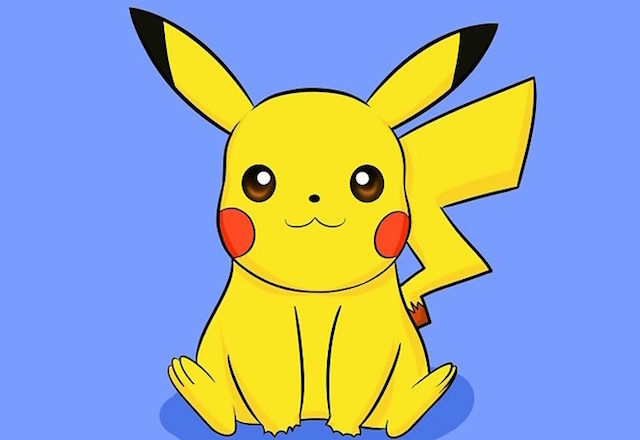
In the 1990s, few franchises blew the lid off pop culture quite like Pokémon, creating a phenomenon that’s lasted til today and is still going strong. From the original video games to the trading card game to the manga to the various animated shows and movies, there are few mediums Pokémon hasn’t touched.
However, there was a time when Pokémon’s future on American airwaves was nearly in doubt, all due to one episode. Electric Soldier Porygon saw Ash and the gang sucked into cyberspace to contend with one of Team Rocket’s evil schemes. This adventure teams the gang up with a digital Pokemon named Porygon who helps them traverse the digital world. Along the way, their escapades lead to an explosion which causes a frantic strobe effect that lasts for an extended few seconds. This strobe effect, upon the episode’s original airdate back in December 1997, ended up causing over 600 of the show’s young viewers to experience seizures.
This resulted in a slew of hospitalizations and a tidal wave of bad press for the Pokemon brand itself. The incident resulted in the anime series going on hiatus for four months and the episode itself being yanked from public circulation for years.
3.Rick and Morty – McDonald’s Szechuan Sauce Riots (2017)
Fandoms truly are the best of times and the worst of times, regardless of whatever its inhabitants are obsessed with, be it a book series or a long-running anime. However, if one were to seek out a prime example of a fandom that completely lost the plot, you’d have to look no further than Rick & Morty. The irreverent and visually unique animated series, created by Dan Harmon and Justin Roiland, struck a chord with Adult Swim fans after its debut in 2013. With its blunt sense of humor and memorable characters, the show quickly took on a life of its own, for better and for worse.
The worst arrived at the beginning of the show’s third season when Rick referenced a discontinued McDonald’s dipping condiment known as Szechuan Sauce. Made as a tie-in for the Disney movie Mulan, the sauce was only around for a brief time before joining the likes of the McDLT and Arch Deluxe in fast food obscurity. However, following the reference, fans of the show took to the interwebs to demand McDonald’s bring back the sauce. In a surprising twist, McDonald’s granted fans’ wishes, bringing back Szechuan sauce, albeit in limited quantity, in late 2017.
However, it seems McDonald’s didn’t quite anticipate just how popular the sauce’s resurgence would be, leading to a slew of disappointed fans who discovered the sauce had already sold out. This led to fights, outbursts, and clips of socially oblivious fans going viral, turning Rick & Morty fans into overnight pariahs.
2.Arthur – Same-Sex Marriage Episode (2019)
As children’s animation has evolved, the types of topics and subject matters deemed appropriate to talk about have evolved as necessary. This means more shows willing to dedicate episodes to the likes of race, drug use, mental health issues, and even sexuality as well. It’s an important endeavor to expose children to evolving norms and make sure they have all the information they need to form their perspectives.
However, no matter how far society may come, there will always be people who see the discussion of sexual minorities as offensive or harmful. A prime example of these unfortunate backlashes came about in 2019 when the long-running Arthur animated series tackled gay marriage. The episode sees Arthur’s teacher, Mr. Ratburn tie the knot with Patrick, a local chocolatier who works in the neighborhood. The whole thing is very funny and charming, showcasing a lovely portrayal of a same-sex couple that young kids can understand.
Unfortunately, the episode was not without its detractors, with two PBS affiliates in Alabama and Arkansas opting not to air the episode at all. Additionally, a fundamentalist organization, One Million Moms, started a petition that garnered at least 13,000 signatures calling for the episode to be removed from further airings which it never was.
1.Beavis & Butthead – Link to real deaths (1990s)
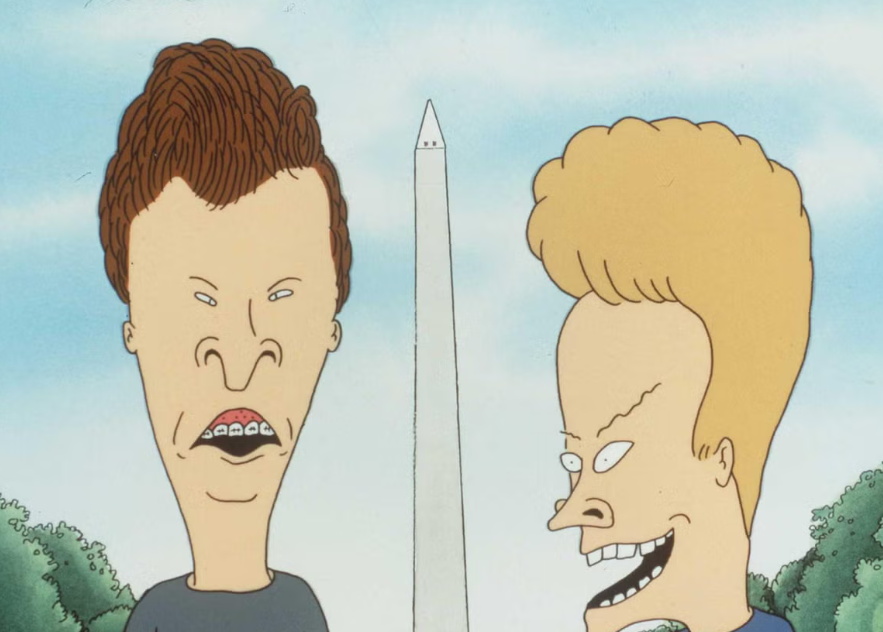
In the 1990s, adult animation was experiencing a massive surge in popularity, largely thanks to the groundbreaking success of shows like The Simpsons. This era saw a wave of animated series that dared to experiment with bold styles and edgy humor, pushing the boundaries of what television could offer. Among these, Beavis and Butt-Head, created by Mike Judge, stood out as a defining icon of the decade. The show became a staple of MTV’s Liquid Television lineup, and its two dim-witted protagonists quickly became cultural symbols of the ’90s. But as the show gained traction in prime-time slots, its influence grew—and so did the number of young, impressionable viewers tuning in.
One of the most infamous moments tied to the show occurred in 1993, when a tragic real-life incident was linked to Beavis and Butt-Head. A 5-year-old boy named Austin Messner from Moraine, Ohio, set fire to his family’s mobile home, resulting in the death of his younger sister, Jessica. Austin’s mother claimed that her son had been inspired by an episode of the show where Beavis and Butt-Head were seen playing with fire. This accusation led to significant changes: fire-related scenes were removed from future episodes, a disclaimer was added to the show, and it was moved to a late-night time slot to reduce its exposure to younger audiences.
However, the story took an unexpected turn when it was revealed that the Messner family didn’t even have cable TV at the time, casting serious doubt on the mother’s claims. Despite this, the incident remains one of the most talked-about examples of a cartoon sparking real-world controversy. Even over 30 years later, it serves as a fascinating—and somewhat unsettling—reminder of the power media can have on its audience.
This bizarre and tragic event is a perfect example of how something as seemingly harmless as a cartoon can ripple into real-life consequences, blurring the lines between entertainment and reality. It’s a story that’s equal parts shocking, thought-provoking, and oddly compelling—making it a perfect fit for a platform dedicated to sharing useful, intriguing, and downright unbelievable content. Whether you’re a fan of ’90s nostalgia or just love diving into the strange side of pop culture history, this tale of Beavis and Butt-Head’s unintended impact is sure to leave you wondering about the broader influence of the media we consume.


